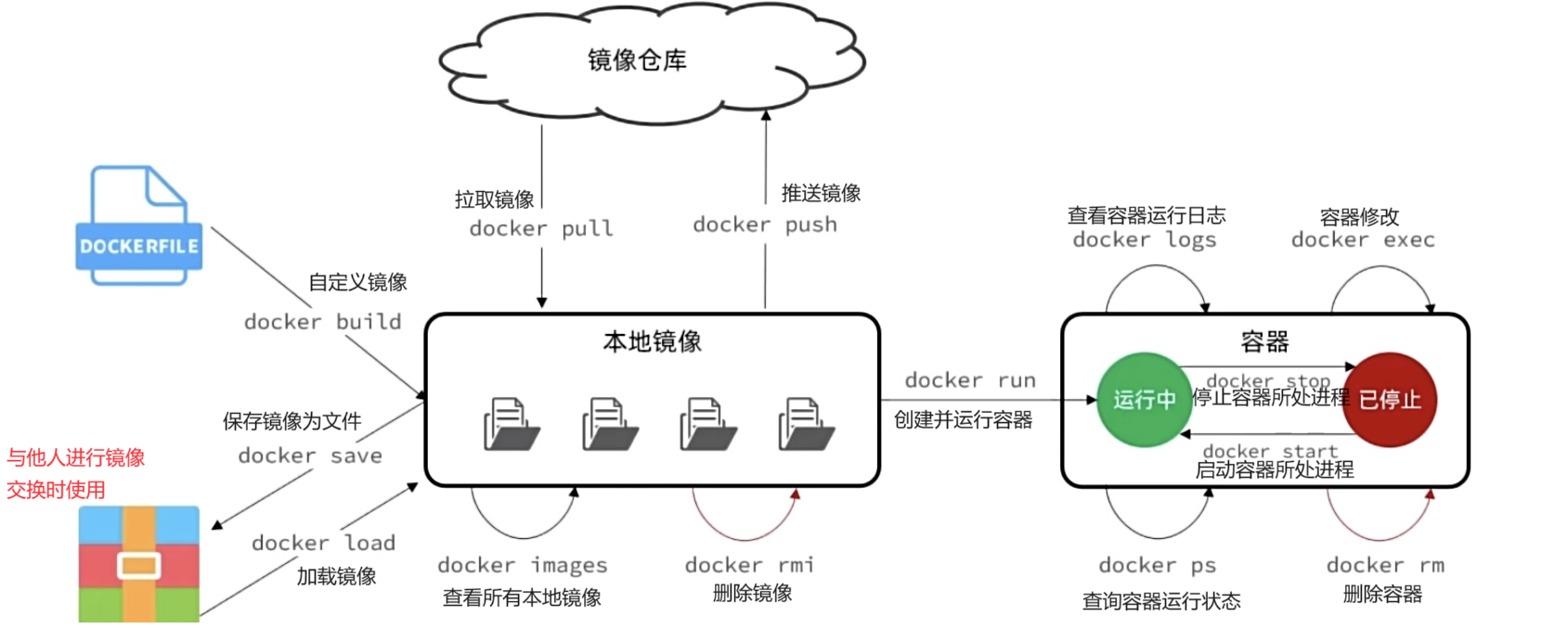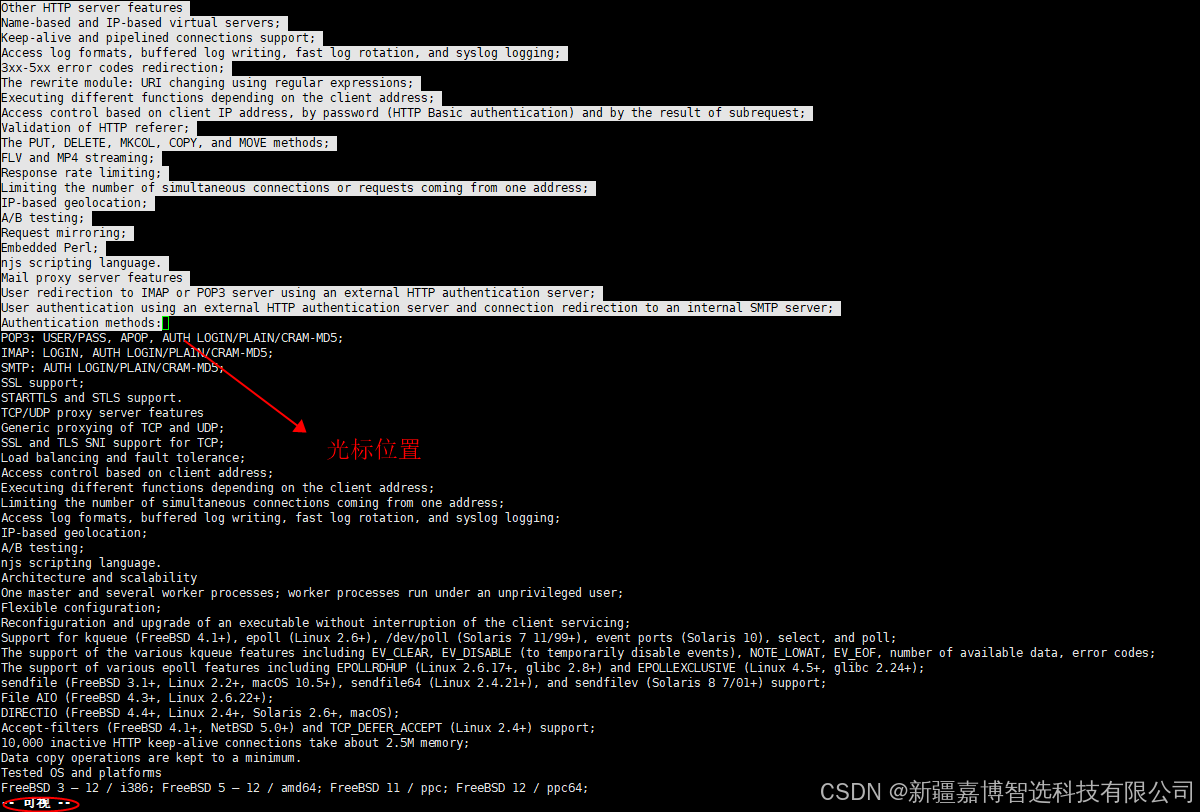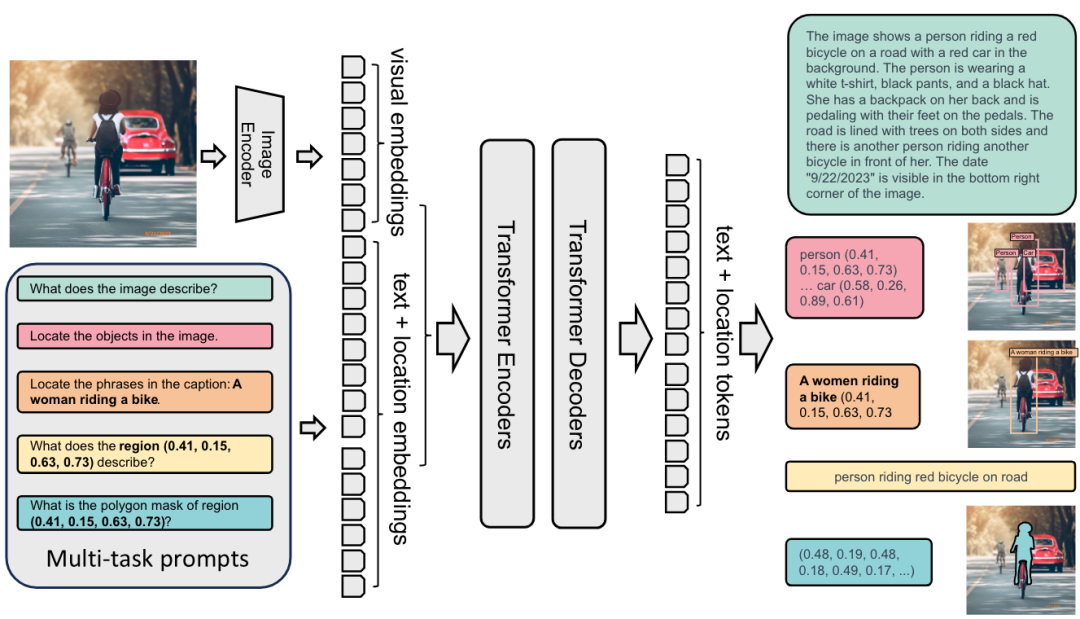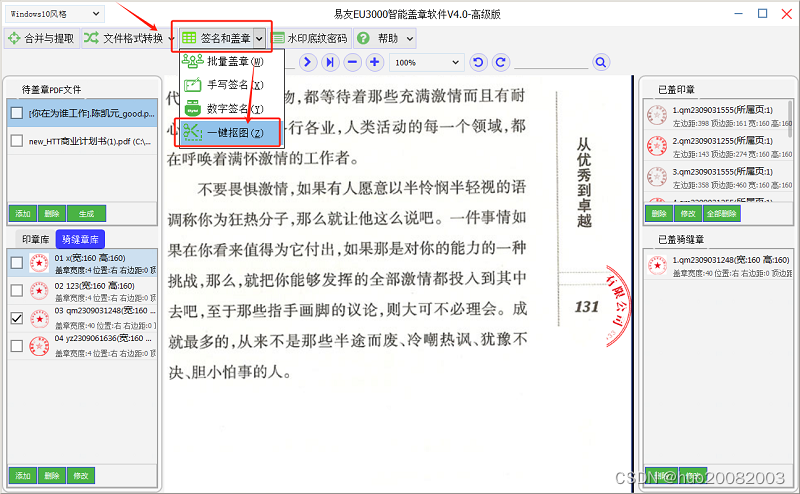在 C++ 中,noexcept 是用于表示函数不抛出异常的指定符。它既可用于常规函数,也可用于特殊成员函数,包括构造函数和析构函数。使用 noexcept 可以帮助编译器进行优化,提高代码的安全性和正确性。
In C++, noexcept is a specifier used to indicate that a function does not throw exceptions. It can be applied to both regular functions and special member functions, including constructors and destructors. Using noexcept helps the compiler make optimizations and can improve the safety and correctness of the code.
Usage of noexcept
1, Declaring Non-Throwing Functions:
void func() noexcept {
// Function implementation
}
2, Conditional noexcept:
You can specify that a function is noexcept based on a condition, typically an expression that evaluates to true or false at compile time.
template <typename T>
void func(T t) noexcept(noexcept(t.method())) {
t.method();
}
In this example, func is declared noexcept if t.method() is noexcept.
3, Move Constructor and Move Assignment Operator:
Declaring move constructors and move assignment operators as noexcept is a common practice, especially if they do not throw exceptions. This allows standard library containers, like std::vector, to use more efficient operations for moving elements.
class MyClass {
public:
MyClass(MyClass&&) noexcept = default;
MyClass& operator=(MyClass&&) noexcept = default;
};
Benefits of noexcept
1, Performance:
标记为 noexcept 的函数允许编译器执行某些优化,如内联和减少异常处理的开销。
Functions marked as noexcept can allow the compiler to perform certain optimizations, such as inlining and reducing the overhead of exception handling.
2, Exception Safety:
通过将函数标记为 noexcept,可以保证它们不会抛出异常。这在析构函数、移动操作和代码的关键部分特别有用,因为在这些地方异常会造成问题。
By marking functions as noexcept, you provide a guarantee that they will not throw exceptions. This can be particularly useful in destructors, move operations, and critical sections of code where exceptions would be problematic.
3, Standard Library Interactions:
许多标准库算法和容器都可以利用 noexcept 保证来选择更高效的代码路径。例如,如果移动构造函数是 noexcept 的,std::vector 就可以在重新分配时不会考虑出现异常的风险,从而提高性能。
Many standard library algorithms and containers can take advantage of noexcept guarantees to choose more efficient code paths. For example, if a move constructor is noexcept, std::vector can use it during reallocation without the risk of exceptions, leading to better performance.
Example
Here is a complete example demonstrating the use of noexcept:
#include <iostream>
#include <vector>
class MyClass {
public:
MyClass() {
// Constructor
}
~MyClass() {
// Destructor
}
// Copy constructor
MyClass(const MyClass&) {
// Copy logic
}
// Move constructor (noexcept)
MyClass(MyClass&&) noexcept {
// Move logic
}
// Copy assignment operator
MyClass& operator=(const MyClass&) {
// Copy assignment logic
return *this;
}
// Move assignment operator (noexcept)
MyClass& operator=(MyClass&&) noexcept {
// Move assignment logic
return *this;
}
void display() const noexcept {
std::cout << "MyClass instance" << std::endl;
}
};
int main() {
std::vector<MyClass> vec;
vec.push_back(MyClass()); // Uses move constructor
MyClass obj;
obj.display(); // Calls noexcept function
return 0;
}
In this example:
MyClass 的移动构造函数和移动赋值运算符被标记为 noexcept。
显示函数被标记为 noexcept,因为它不会抛出任何异常。
std::vector 可以根据 MyClass 的 noexcept 移动构造函数和移动赋值操作符优化其操作。
The move constructor and move assignment operator of MyClass are marked as noexcept.
The display function is marked as noexcept because it does not throw any exceptions.
The std::vector can optimize its operations based on the noexcept move constructor and move assignment operator of MyClass.
std::vector::push_back在处理临时对象时使用移动构造函数,前提是移动构造函数标记为 noexcept。
The std::vector class has different overloads of the push_back function:
* One that takes a const T& (copy constructor).
* One that takes a T&& (move constructor).
void push_back(const T& value); // For copy
void push_back(T&& value); // For move
std::vector::push_back uses the move constructor when dealing with a temporary object, provided the move constructor is marked noexcept. The compiler will prefer the rvalue reference overload (push_back(T&&)), which uses the move constructor.
Why Move Constructor is Used
* 临时对象: 临时对象(rvalues)是移动操作的理想候选对象,因为它们即将被销毁,因此其资源可以被 "移动 "而不是复制。
* 效率高: 移动通常比复制更有效率,特别是对于管理动态内存或其他资源的对象。
* 标准库要求: 标准库中的容器(如 std::vector)在可用和 noexcept 时都会使用 move 构造函数。
* Temporary Objects: Temporary objects (rvalues) are ideal candidates for move operations because they are about to be destroyed, and thus their resources can be "moved" rather than copied.
* Efficiency: Moving is typically more efficient than copying, especially for objects that manage dynamic memory or other resources.
* Standard Library Requirements: The standard library containers (like std::vector) are designed to use the move constructor when available and when it is noexcept.






































